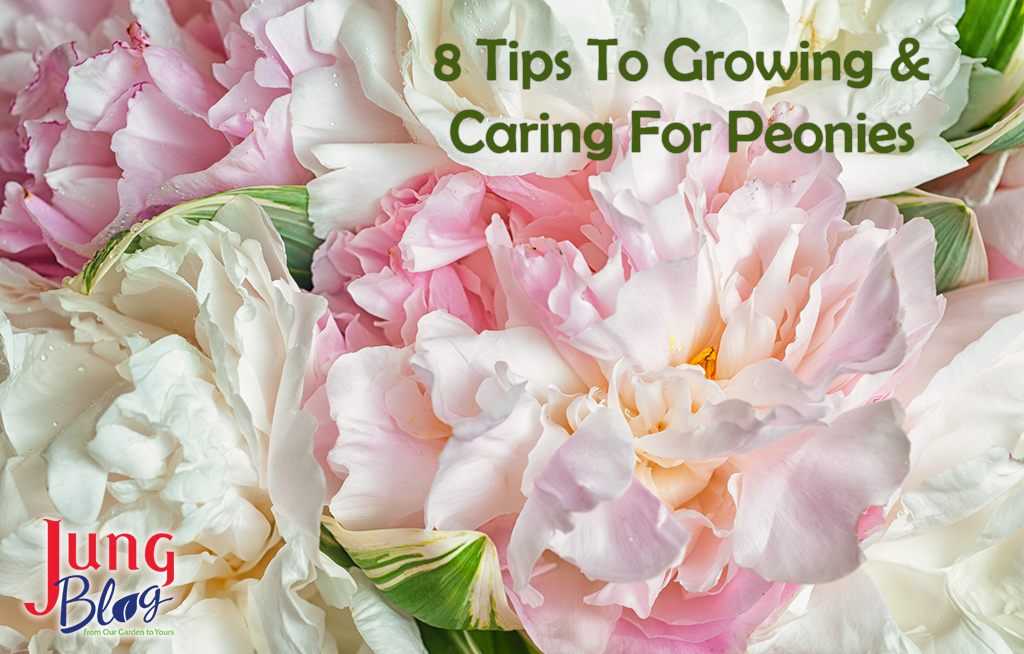
Updated: June 12, 2025
Peonies are perennials that come back every year blooming from spring to summer. They are long-lived investments, not to be dealt with haphazardly. Some peonies live over 100 years and are still thriving! Here are a few things you need to pay close attention to growing beautiful peonies.
Types of Peonies
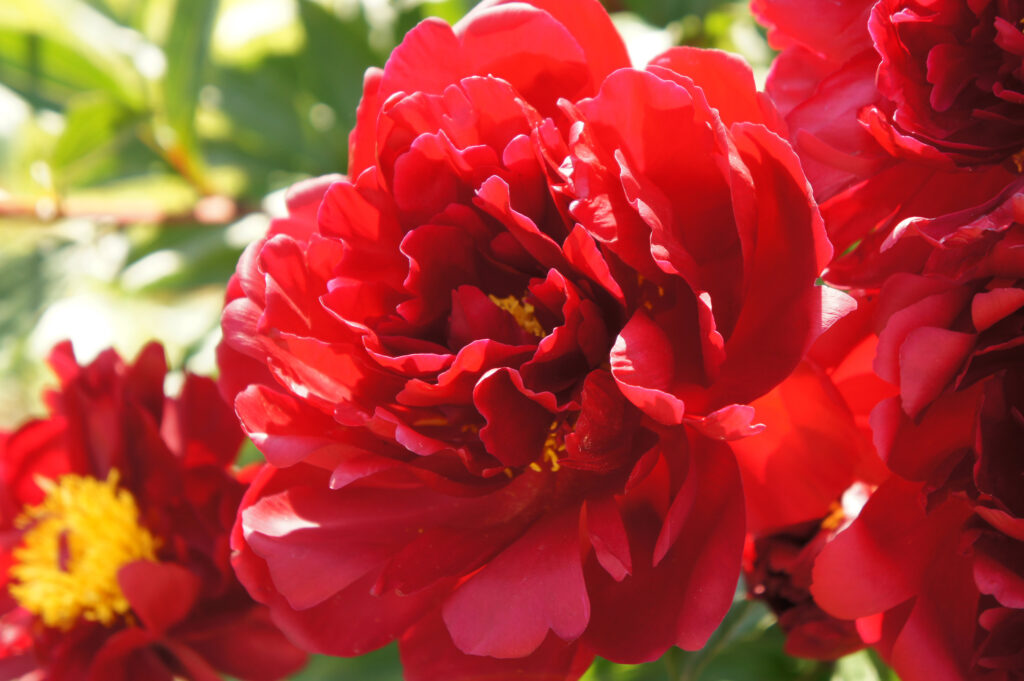
Several different types of Peonies are available to grace our gardens and landscapes. Some of the most common garden peonies are Herbaceous, Tree (Woody), or Intersectionals, which are referred to as ‘Itoh’ Peonies after Mr. Toichi Itoh from Japan, who was the first person to successfully cross herbaceous types with tree peonies to create an entirely new group. All types of Peonies are beautiful, easy to grow and care for but all have specific needs and care requirements to help them thrive.
When To Plant Peonies

Peonies can be planted in the spring or fall, but when planting in the fall it is critical to have them planted at least six weeks before your first freeze. Peonies need proper chilling hours to produce well, so they do not mind the cold, they just need to be rooted in some before it gets too cold.
Choosing A Planting Location For Peonies

Their planting location should be appropriate for the variety, and be completely free & clear of other plants (including turf) for a radius of at least 5 ft. Most peonies prefer full sun but here is a helpful list by peony type.
- Herbaceous, plant in full sun to part shade
- Tree (woody), plant in partial shade
- Itoh (Intersectional), plant in full sun to part shade
Preparing The Peony Planting Site
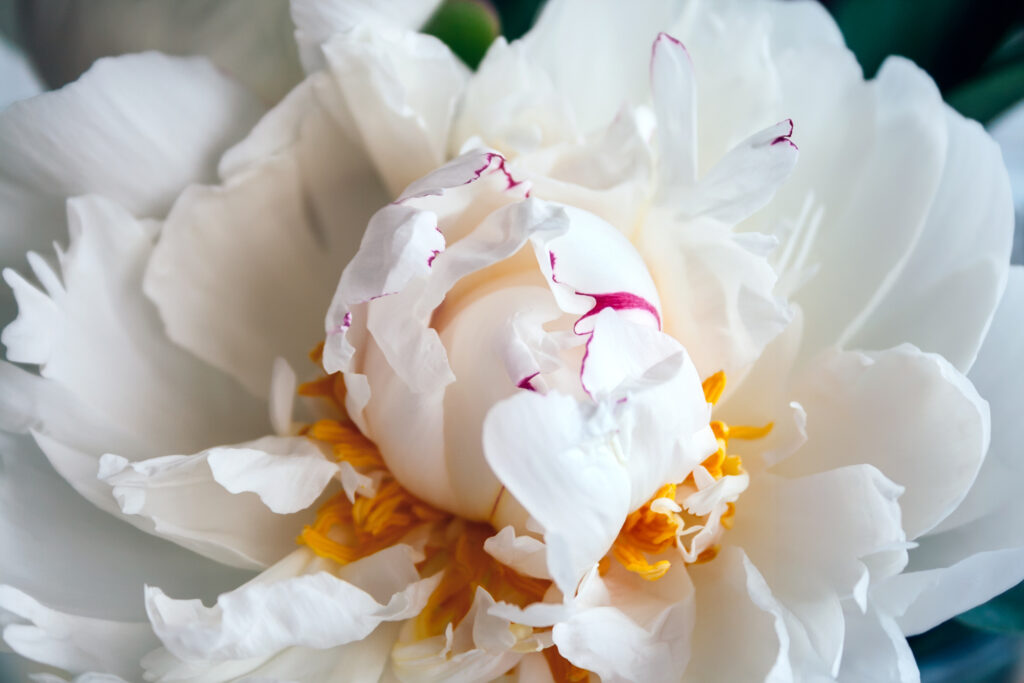
Prior to planting, amend the soil to a state of rich humus, adding to the native soil 50/50 of leaf compost and aged manure. Providing all types of Peonies with well-draining soil is one of the most critical factors to get them to succeed.
How To Plant Peonies
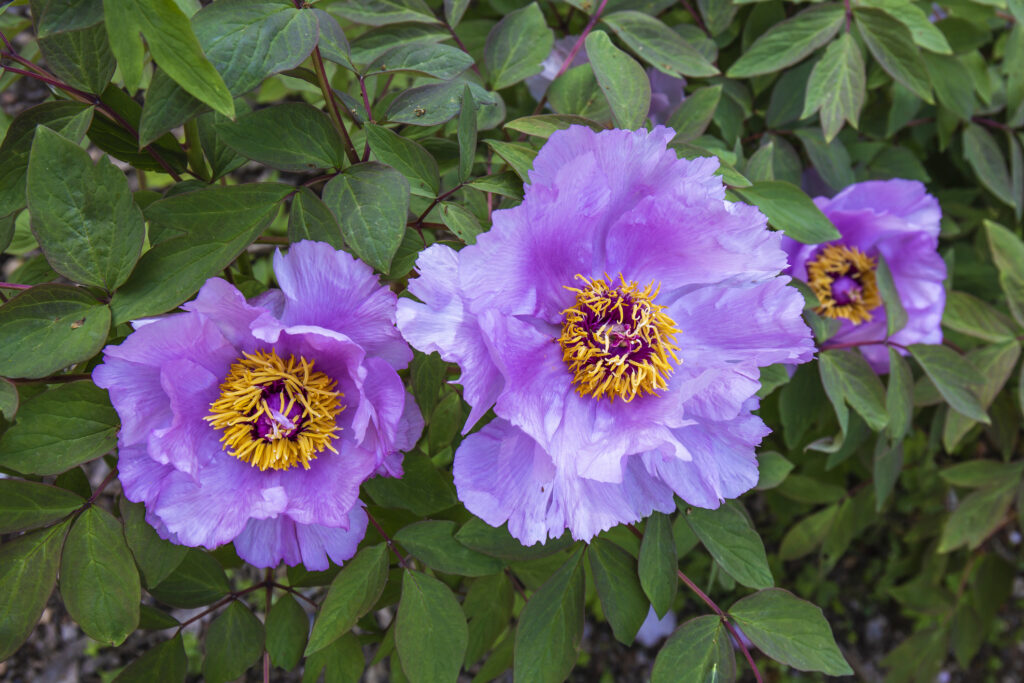
Never plant peonies too deep! Place the root so that the eyes are facing upward. In most locations, eyes should only be 1.5 to 2 in. below the soil. For most varieties, space the peony tubers 3 to 4 feet apart.
Top Tip – Once planted, NEVER disturb them. They resent being moved and will sulk for the next whole year.
It is good to know Peony growers refer to the adage, the First year they sleep, the Second year they leap, the Third year they bloom. This gives the gardener a basic understanding of how Peonies will behave once planted. They are not fast at providing instant gratification, but Peonies are extremely long-lived and can bloom generously for generations once they start and are kept happy.
Watering Your Peonies
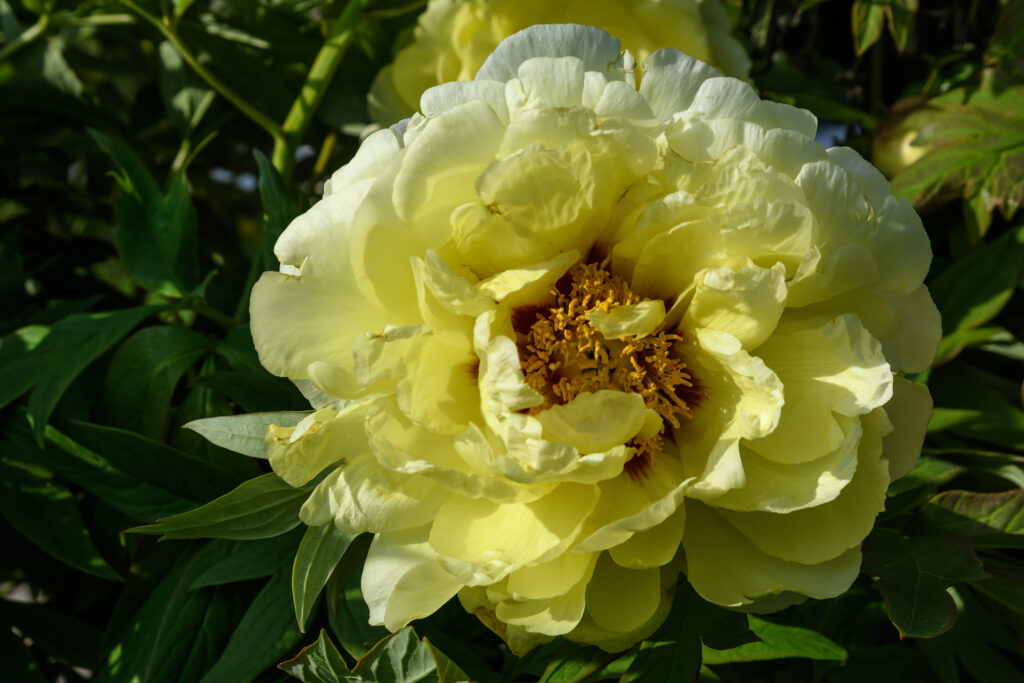
Peonies should receive about 1 in. of water per week, similar to that of a vegetable garden or rose bush. This volume equates to approx. 2.5 to 3 gal. of water per plant. To become established Peonies require consistent watering, but after they are a few years in the ground they will become more drought-tolerant.
Fertilizing Your Peonies
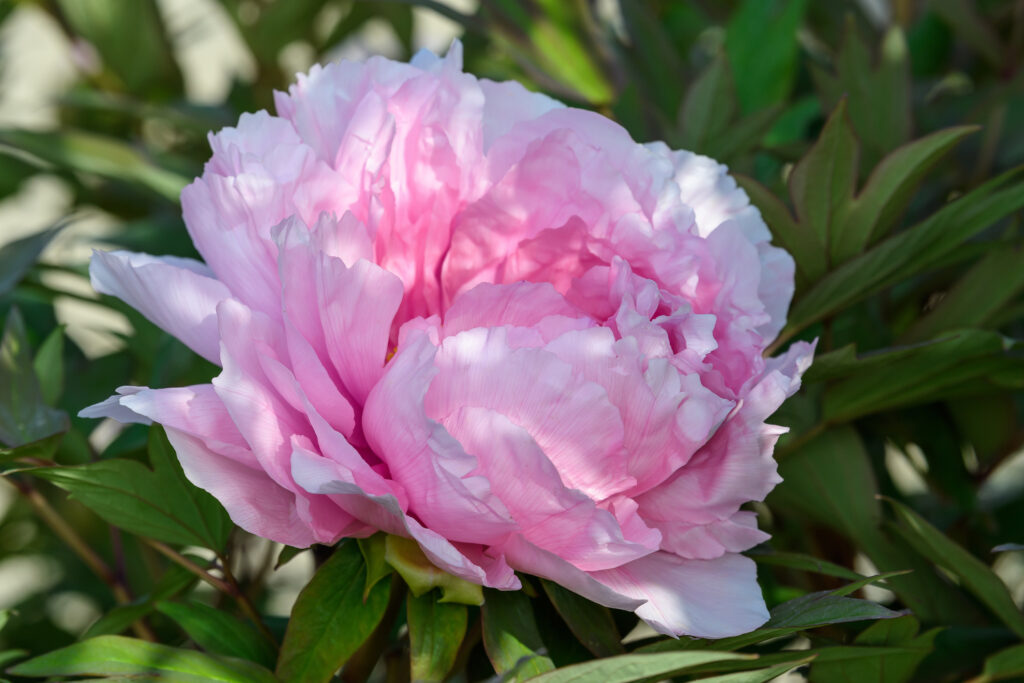
In early spring (end of April to May) fertilize your Peonies with 1/4 to 1/2 cup of Espoma 10-10-10 mixed with 1 cup of fresh leaf compost or steer manure top dressing.
You can fertilize again in mid-June with a fertilizer like Neptune’s Harvest Rose & Flower formula (2-6-4), which is water-soluble that you dilute 1-2 oz. into 1 gal. of water and pour on the root zone.
Top Tip – Do not fertilize past the middle of July, otherwise, that can compromise the winter hardiness of your Peony.
Pests & Diseases
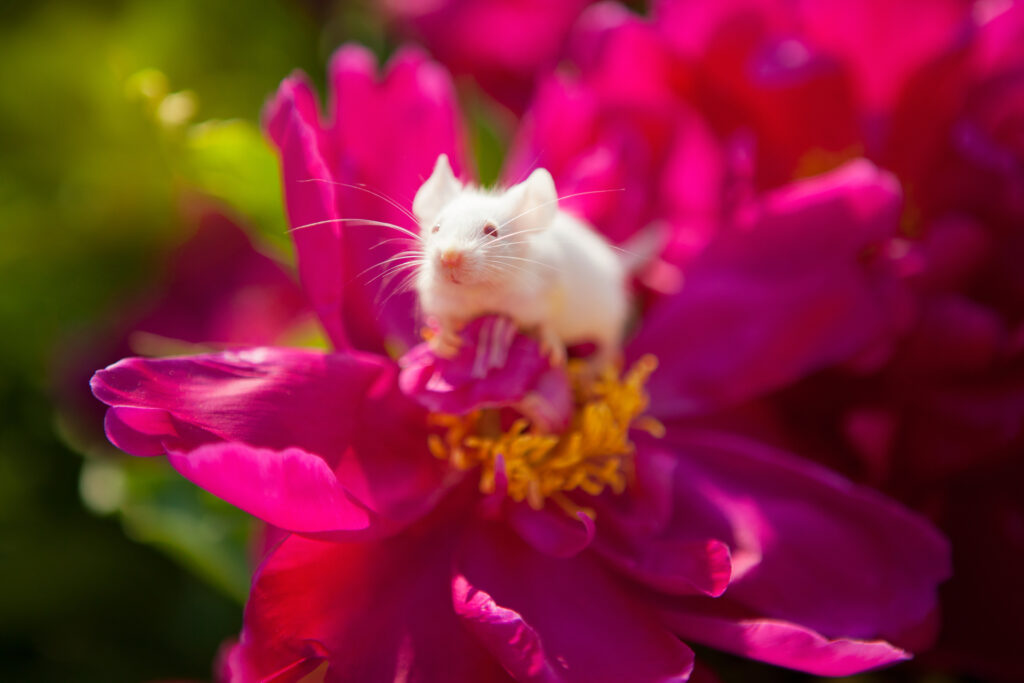
In general, Peonies are not very prone to diseases. However, they can be susceptible to some common fungal diseases, like powdery mildew and leaf spot when conditions are conducive. The best defense is to assure plants are spaced apart well, with good air circulation around and through the plants. Sanitation is another important and helpful defensive strategy, cleaning up fallen leaves and flower petals is critical, as is proper seasonal pruning.
Rodent pest damage can be common. Hungry rabbits in fall and early spring can quickly chew down newly emerging shoots or not yet dormant ones. Repellent products can be employed for light pest pressure, but ideally fencing them out is the gardener’s best bet.
Insect pests that are common to Peonies would be things like aphids, mites, scale, and of course, Japanese Beetles can be a problem. For soft-bodied insects, they can be easily controlled with frequent monitoring and the use of Insecticidal Soaps, like Safer® brand Insect Killing Soap, which is safe for organic growers.
Ants are the most common insect visitors to Peonies, but they cause no harm to Peonies. They are opportunistically harvesting the sweet, sticky sap that exudes from the Peony buds and flowers. No spraying is necessary. For Peony flowers that are cut and taken into the house, it is a good idea to simply shake the blooms upside down outside to dislodge any stowaway ants before you bring them in.
Other Recommended Reading

- Fall Planting – Potted Perennials
- Fall Bulb Planting Tips
- 4 Simple Steps For Fall Garden Tool Clean Up
- Garden Pests: Japanese Beetles
- Iris Growing Guide
- 4 Tips For Improving Garden Soil

At Jung Seed Co, we strive to be your go-to guide for all your gardening needs. Our YouTube channel The Garden Doctor by Dick Zondag is where he provides gardening tips for all levels of gardeners. When you need reliable gardening advice, turn to the trusted experts at Jung.
If you are in the Wisconsin area, please visit us at one of our Jung Garden Center locations for all your gardening needs. Otherwise, you can browse our website. To receive info on new products, exclusive deals, and specials, sign up for our weekly email. Join our Facebook page, to discuss all things gardening!
